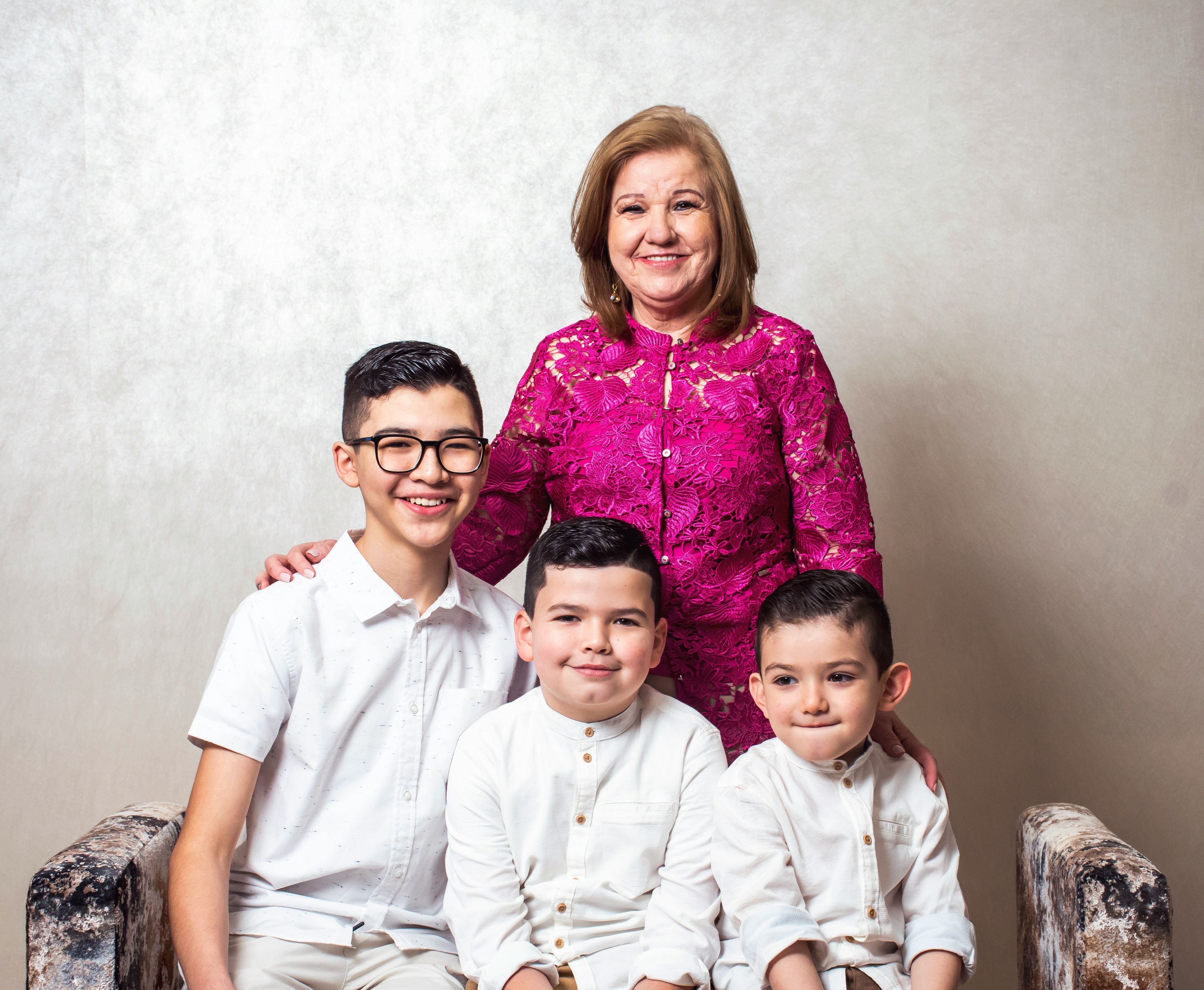
Dysfunctional Family Roles
The different roles members may take on in a dysfunctional family.
Understanding the dynamics of a dysfunctional family can be complex due to the various roles family members often adopt. These roles can be perceived as a survival strategy employed by family members to cope with the chaos and pain caused by the dysfunction. Let's dive deeper into these roles to gain a clearer understanding.
The Focus
The person who becomes 'The Focus' in a dysfunctional family is often the center of attention. Other family members adjust their behaviors and life choices around this individual. This role is frequently occupied by a member who is struggling with addiction, mental health issues, or other types of dysfunction. Their actions and decisions significantly shape the family dynamics and interactions.
The Caretaker
Next, we have 'The Caretaker'. This individual is often seen enabling or covering up the dysfunctional behavior of 'The Focus'. They are the ones who attempt to keep everyone happy and maintain a sense of normalcy, even if this involves denying the reality of the situation. Their primary role is to manage the chaos caused by the dysfunction, often at great personal cost.
The Hero
'The Hero' is often perceived as very self-reliant and responsible. They are the ones who constantly strive to fix the problems occurring in the home resulting from the dysfunction. They might excel in academic or professional fields, trying to bring a sense of pride and achievement to the family. However, the pressure of this role can lead to high stress and burnout.
The Scapegoat
'The Scapegoat', or the 'problem child', is the one who often acts out in an attempt to distract attention away from the actual source of dysfunction. They are often rebellious, and their behaviors may serve as a smoke screen, diverting the family's and outsiders' attention away from the more pressing problems within the family.
The Mascot
The 'Mascot' serves as the comic relief within the family. They often use humor as a deflection mechanism to alleviate the stress and harm caused by the dysfunction. This role might make the family situation seem less severe, but it can also prevent the family from addressing the real issues at hand.
The Lost Child
Finally, we have 'The Lost Child'. This is the family member who remains mostly quiet or invisible while the rest of the roles go about dealing with the dysfunction. They often avoid conflict and keep to themselves, which can lead to feelings of isolation and neglect.
Recognizing these roles in a dysfunctional family is the first step toward understanding and healing. The roles family members adopt are coping mechanisms to handle the dysfunction. However, it's important to remember that these roles can be changed and that individuals are not confined to their roles. With the right support and intervention, families can break free from these patterns and establish healthier dynamics.
Family is weird. We're weirdly helpful.
Monthly topics. Community. Endless resources.